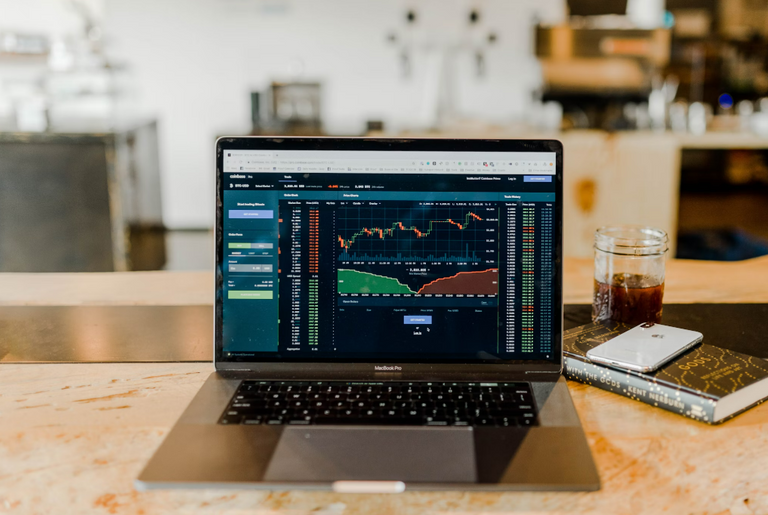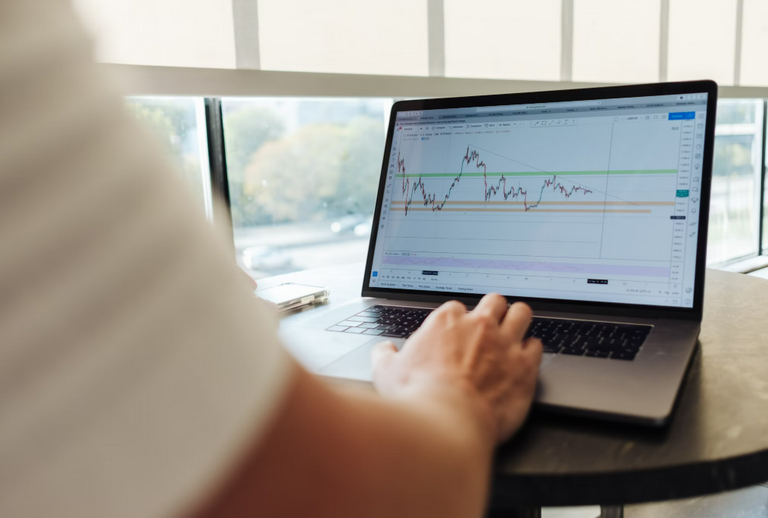Trading is the process of buying and selling financial instruments like stocks, currencies, commodities, or cryptocurrencies in order to make a profit. It plays a crucial role in the global economy by helping facilitate the exchange of capital and supporting liquidity in markets.
Whether you're looking to trade on the stock market, forex (foreign exchange), or in the crypto world, understanding the basics and key strategies is essential to becoming a successful trader.
1. Types of Trading
There are various types of trading, each with its unique characteristics and time frames. The most common types include:
1.1. Day Trading
- What it is: Day trading involves buying and selling financial instruments within the same trading day. Traders capitalize on short-term price movements.
- Best for: Experienced traders who can monitor markets continuously and act quickly.
- Example: Buying stocks in the morning and selling them by the close of the market.
1.2. Swing Trading
- What it is: Swing traders look to capture price moves over a period of several days to weeks. This strategy takes advantage of price 'swings' in the market.
- Best for: Those who can't commit to full-time trading but still want to make quick profits.
- Example: Buying a stock when it shows an upward trend and selling it once it reaches a peak over several days.
1.3. Scalping
- What it is: Scalping is one of the fastest trading strategies. Traders attempt to make small profits on very short-term trades (seconds to minutes).
- Best for: High-frequency traders with fast decision-making skills.
- Example: Buying and selling stocks within a few minutes, making profits from small price movements.
1.4. Position Trading
- What it is: Position trading is a long-term strategy where traders hold positions for weeks, months, or even years.
- Best for: Those with a long-term perspective and patience.
- Example: Buying a stock and holding it for a year based on a fundamental outlook.
2. Key Trading Concepts
2.1. Market Orders vs. Limit Orders
- Market Order: A market order is a buy or sell order that is executed immediately at the best available current price.
- Limit Order: A limit order is an order to buy or sell a stock at a specific price or better. It’s not executed immediately but waits until the market reaches that price.
2.2. Stop-Loss Orders
- A stop-loss order helps limit losses by automatically selling an asset when it reaches a certain price. It helps manage risk in volatile markets.
2.3. Leverage
- Leverage allows traders to control a large position with a smaller amount of capital. While it amplifies profits, it also increases the potential for losses.
3. Analyzing the Market: Fundamental vs. Technical Analysis
3.1. Fundamental Analysis
- What it is: Fundamental analysis involves evaluating a financial instrument’s intrinsic value based on economic, financial, and other qualitative and quantitative data. This includes looking at earnings, revenue, interest rates, and macroeconomic factors.
- Best for: Long-term investors who focus on the health of a company or the economy.
- Example: Analyzing a company’s quarterly earnings report to determine if its stock is undervalued.
3.2. Technical Analysis
- What it is: Technical analysis involves studying past price movements and trading volume to forecast future price movements. This is done using charts and indicators like moving averages, RSI (Relative Strength Index), and MACD (Moving Average Convergence Divergence).
- Best for: Short-term traders who want to predict price movements based on patterns.
- Example: Using candlestick patterns and chart analysis to predict a stock’s future price.
4. Risk Management in Trading
Successful trading is not just about making profits; it's about managing risks. Here are some key risk management principles:
4.1. Diversification
- Diversifying your trades across different assets (stocks, commodities, forex) can reduce risk by ensuring that losses in one market are offset by gains in another.
4.2. Risk-Reward Ratio
- A common rule of thumb is to aim for a risk-reward ratio of at least 1:2, meaning the potential reward should be at least twice the potential risk.
4.3. Position Sizing
- This is the process of determining how much capital to allocate to each trade. Smaller positions reduce risk, while larger positions increase potential returns and losses.
5. Common Trading Strategies
5.1. Trend Following
- This strategy involves identifying and trading in the direction of the market's current trend. Traders buy when the market is in an uptrend and sell when it's in a downtrend.
5.2. Breakout Trading
- Breakout traders look for situations where the price breaks through a key level of support or resistance. The idea is to trade the continuation of the price movement.
5.3. Mean Reversion
- This strategy assumes that prices will revert to the mean or average after reaching extreme highs or lows. Traders buy when prices are unusually low and sell when prices are unusually high.
6. Tools and Platforms for Trading
6.1. Trading Platforms
- Popular platforms for trading include MetaTrader 4/5, TradingView, ThinkorSwim, and eToro. These platforms provide access to various financial markets, real-time data, and trading tools.
6.2. Trading Indicators and Tools
- Commonly used trading indicators include:
- Moving Averages: Help smooth out price data to identify trends.
- RSI (Relative Strength Index): Measures the speed and change of price movements.
- MACD: Shows the relationship between two moving averages of a security’s price.
7. The Psychological Side of Trading
Trading is not just about charts and numbers; it’s about the psychology of managing your emotions. Fear, greed, and overconfidence can lead to poor decisions. Here are some tips to manage your emotions:
- Patience: Wait for the right opportunities instead of forcing trades.
- Discipline: Stick to your strategy and don’t let emotions drive your decisions.
- Resilience: Accept that losses are part of the game and learn from them.
Conclusion
Trading is an exciting but complex field that requires knowledge, strategy, and emotional control. Understanding the different types of trading, risk management principles, and analysis techniques is essential to becoming successful in the markets. Whether you’re day trading or position trading, developing a trading plan and sticking to it is key.
As with any investment, it's important to start small and only trade with money you can afford to lose. The more you practice, the better you'll understand market movements and strategies. Happy trading!




